The (silent) Hitchcock you have never seen: unfinished projects by a budding master
Uma das
experiências mais dolorosas para um cinéfilo é pensar no que poderia ter sido –
nas carreiras que poderiam ter sido brilhantes se não tivessem sido
interrompidas prematuramente, nas parcerias que agora podem só existir nos
nossos sonhos, e nos filmes nunca feitos. Vou falar da última categoria hoje.
One of
the most painful experiences of a film lover is thinking about what could have
been – careers that could have bloomed if they weren’t cut short, partnerships
that can now happen only in our dreams, and films never made. I’m talking about
this last category today.
Todos
nós sabemos que Alfred Hitchcock deixou alguns projetos inacabados durante a
carreira, e os mais conhecidos são o confuso Flamingo Feather e o conto de
fadas Mary Rose. Entretanto, ele estava acostumado a ter de desistir de seus
planos. Eu escrevi o capítulo de um livro sobre Hitchcock no cinema mudo, ou
melhor, os filmes em que Hitchcock trabalhou antes de se tornar diretor, entre
1921 e 1925, e descobri dois projetos inacabados dessa fase inicial:
We all
know Alfred Hitchcock left a few unfinished projects in his career, and the two
better known are the confusing Flamingo Feather and the fairy tale Mary Rose.
However, he was used to have to drop his plans. I wrote a book chapter about
silent Hitchcock, or better, the films Hitchcock worked in before he became a
director, between 1921 to 1925, and I found out two unmade projects from this
earlier phase:
Good Night Nurse! - roteiro inacabado de comédia
Good Night Nurse é um manuscrito de oito páginas escrito por Hitchcock entre
1922 e 1923. Ele está disponível na íntegra no site The Alfred Hitchcock Wiki.
Good Night Nurse! – unfinished comedy screenplay
Good
Night Nurse is an eight-page screenplay written by Hitchcock between 1922 and
1923. It can be found in full at the site The Alfred Hitchcock Wiki.
Na véspera do seu
casamento com a temperamental Juanita Ruiz, Felix Dayton tenta escapar e acaba
em uma confusão, fugindo em um carro com uma mulher que está prestes a se
casar. Felix se livra da mulher, mas Juanita cancela o casamento e ameaça
processá-lo. Dias depois, Felix descobre que seu tio está doente e vai
visitá-lo. Lá ele descobre que a enfermeira que cuida do tio é Mary, a moça com
quem ele se envolveu na confusão naquele dia, e ela, tendo desistido também do
casamento, agora está noiva do primo de Felix, Egbert. Felix decide desmascarar
Egbert e ser o único herdeiro do tio, por isso junta Egbert e Juanita, que se
casam. Satisfeito com a união, o tio apadrinha Egbert, torna-o seu único
herdeiro e Felix ainda descobre que a enfermeira Mary está para se casar com o
tio.
The day before his wedding with the
moody Juanita Ruiz, Felix Dayton tries to escape and ends up in a mess, running
away in a car with a woman who is also about to get married. Felix gets rid of
the woman, but Juanita calls the wedding off and threatens to sue Felix. Some
days later, Felix finds out that his uncle is sick and goes visit him. There he
meets Mary, his uncle’s nurse AND the girl who was involved in the confusion the
other day. She called off her own wedding and now she is engaged to Felix’s
cousin, Egbert. Felix decides to reveal Egbert’s intentions of having the uncle’s
fortune for himself – in fact, Felix is the one who wants to have the fortune. So,
Felix serves as a matchmaker for Egbert and Juanita, who then get married. The
uncle gets so happy with the wedding that he makes Egbert his only heir. To
complete his misery, Felix finds out that Mary the nurse is about to get
married to his uncle.
Vemos que a história
de Hitchcock foi influenciada pelos roteiros da Famous Players-Lasky, – estúdio
pré-Paramount que foi o primeiro empregador de Hitchcock – que eram bastante
complexos e cheios de reviravoltas. A diferença era que a ideia de Hitchcock
não era melodramática, mas sim extremamente cômica e com final surpreendente.
We can see that Hitchcock’s
screenplay was influenced by the screenplays at Famous Players-Lasky – the pre-Paramount
studio that was his first employer – because they all were very complex and
full of plot twists. The only difference was that Hitchcock’s idea wasn’t for a
melodrama, like the majority of Famous Players-Lasky productions, but for a
comedy with a surprising ending.
Number 13, 1922 – Hitchock como produtor e diretor
Também intitulado Mr Peabody, este filme provavelmente
começou a ser produzido logo após o fechamento da filial da Famous Players-Lasky
na Inglaterra. Do velho estúdio, ficaram ao lado de Hitchcock para o novo
projeto: o câmera Joe Rosenthal Jr e a atriz Clare Greet, coadjuvante em “Três
Fantasmas Vivos”. Também estava envolvida no projeto como roteirista Elsie
Codd, que já havia trabalhado na divulgação de filmes de Charles Chaplin em
Hollywood.
Number 13, 1922 – Hitchcock as
producer and director
Also referred to by the title Mr
Peabody, the production for this film probably started right after Famous
Players-Lasky closed its doors in England. Some people from the old studio
remained next to Hitchcock in this new project: cameraman Joe Rosenthal Jr and
actress Clare Greet, who had a supporting role in the lost “Three Live Ghosts”.
Another person involved in the production was screenwriter Elsie Codd, who had
already worked in the advertising of Charles Chaplin films in Hollywood.
 |
| Imagem de "Number 13" / Actual footage from "Number 13" |
O projeto, um
curta-metragem, teve aporte financeiro de um tio de Hitchcock, chamado John, e
também de Clare Greet, que teria um papel de destaque. De fato, em 1930
Hitchcock revelou parte do enredo em uma entrevista:
The project, a short film, was
financed by Hitchcock’s uncle John and also by actress Clare Greet, who would
have the leading role. Actually, in 1930, Hitchcock revealed part of the plot
in an interview:
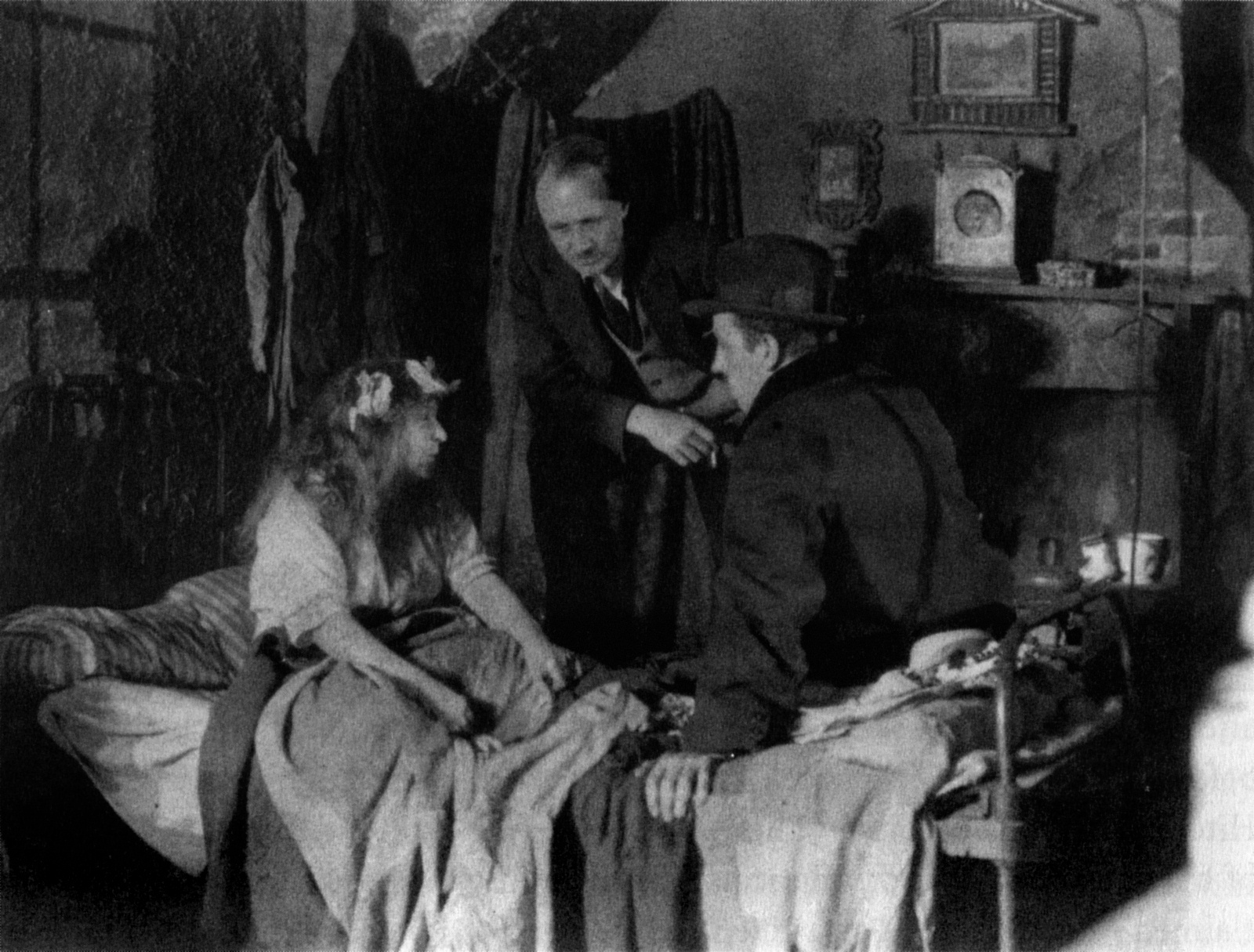 |
| Possible photo of the set of "Number 13" |
“Clare Greet e Ernest
Thesiger interpretavam os protagonistas. A trama consistia do sonho de uma
faxineira que, tendo comprado um bilhete de loteria, começava a sonhar com a
riqueza. Todos os seus amigos eram convidados de honra em sua mansão – com um
homem que havia sido particularmente bom para ela usando uma coroa o tempo todo
– e todos os seus inimigos haviam se tornado seus empregados.”
“Clare Greet and Ernest Thesiger
played the leads. The plot was about a maid’s dream – she had bought a lottery
ticket and started dreaming with being rich. All her friends were guests of
honor in her mansion – a man who was particularly good to her had the honor to
use a crown the whole time – and all her enemies had became her employees.” –
Note: here I’m paraphrasing Hitchcock’s words.
 |
| Possible still from "Number 13" |
Mais tarde, Hitchcock
diria que o grande defeito de “Number 13”
foi “ter sido filmado como uma comédia quando na verdade deveria ter sido uma
farsa”. Hitchcock abandonou a produção por motivos financeiros, e a partir de
então passou a concentrar grandes esforços na pré-produção de seus filmes,
atentando para os gastos que estavam por vir.
Later, Hitchcock would say that the
problem with “Number 13” was that it was filmed as a comedy, but it should have
been a farce. Hitchcock abandoned the production due to financial reasons, and
from then on he put more attention to pre-production in his projects, planning
all expenses beforehand.
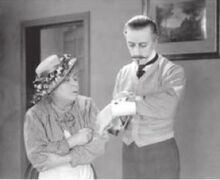 |
| Possible still from "Number 13" |
O filme chegou a ser
reconsiderado para exibição em 1925, quando Hitchcock já trabalhava no estúdio
Gainsborough, mas a necessidade de filmar novo material impossibilitou o
projeto. Apesar de “Number 13” não
ter sido concluído, Hitchcock continuou a pareceria com Clare Greet, que fez
pequenos papéis em seis filmes do diretor até falecer em 1939.
The film was considered to be exhibited
in 1925, when Hitchcock was already working for another Studio, Gainsborough,
but it was also necessary to shoot new scenes, which made the whole plan
impossible. Even though “Number 13” was never finished, Hitchcock continued his
partnership with Clare Greet, who appeared in small roles in his films up until
her death, in 1939.
 |
| Possible still from "Number 13" |
Conhecer estes
projetos e o que poderia ter sido se fossem desenvolvidos é algo doloroso para
nós, mas o fracasso não incomodou tanto Hitchcock. Em entrevistas anos depois,
ele disse que “Number 13” foi “uma experiência bem punitiva – mas purificadora”.
Ele certamente aprendeu com este fracasso, e provavelmente não teríamos o
Hitchcock que conhecemos e admiramos se estes projetos tivessem sido
desenvolvidos.
Knowing about what these projects
could have been is painful for us, but the failure in itself wasn’t a hard blow
on Hitchcock. In later interviews, he called “Number 13” a “rather chastening
experience”. He certainly learned with this failure, and we probably wouldn’t
have the Hitchcock we know and admire today without these early unmade
projects.
This is my contribution to the Third Annual Alfred Hitchcock blogathon, hosted by Maddy at Maddy Loves Her Classic
Movies.
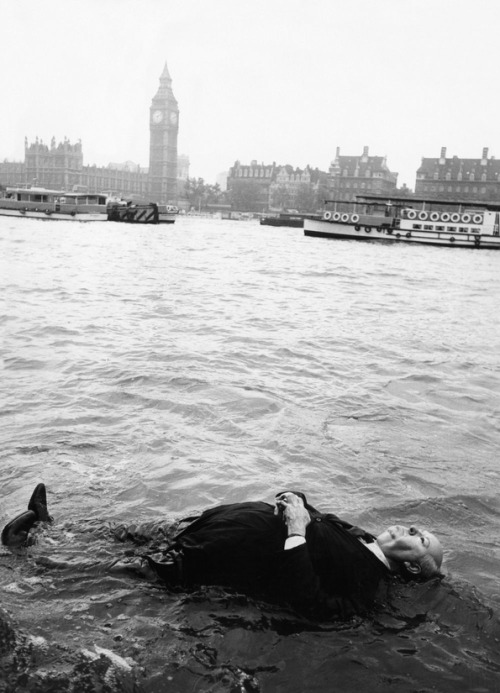


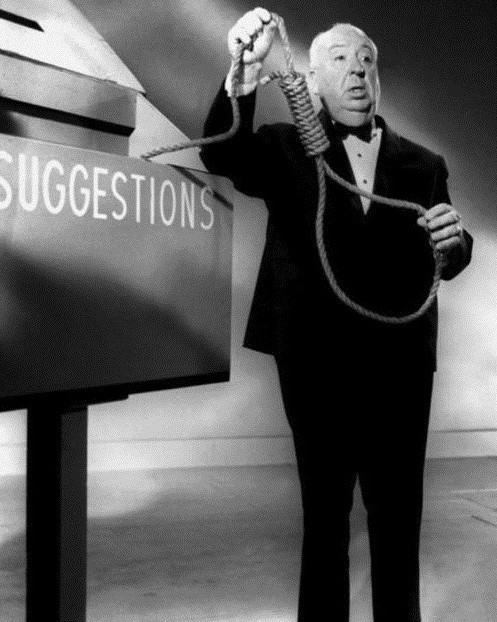
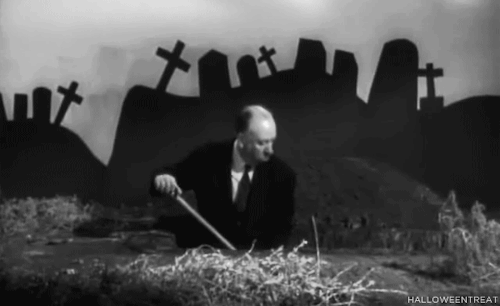

2 comments:
Espectacular! So de pensar no que poderíamos ter visto... Obrigada por teres partilhado isto, muito original!
Not to mention the never made project No Bail for the Judge with Audrey Hepburn and Laurence Harvey! Imagine that!
An excellent and highly informative article Leticia. Of course I alway love to read things about Hitchcock!
Post a Comment